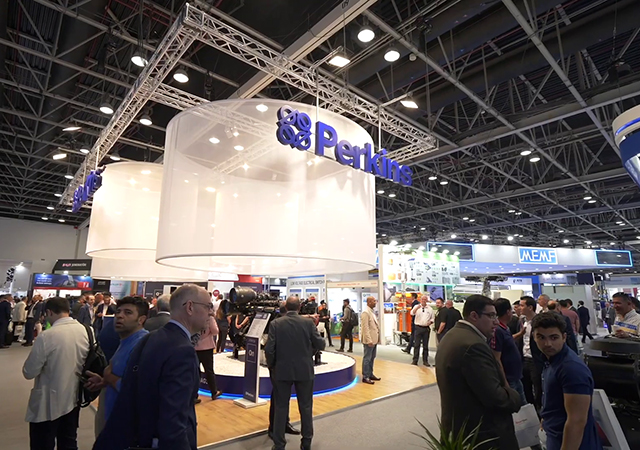
The global Air Quality Control System (AQCS) market is set to grow from $9.7 billion in 2016 to around $12.8 billion by 2020, registering a compound annual growth rate (CAGR) of 7.19 per cent, a slower rate than between 2010 and 2015, according to research and consulting firm GlobalData.
The company’s latest report states that the most influential factor affecting the AQCS market is the regulation of harmful emissions in the power sector. There has been a marked increase in demand for AQCS from power-generating industries since they have to adhere to local and federal regulations that mandate the emissions from power plants.
Murtuza Hyder, Power Analyst for GlobalData, explains: “Regulatory bodies in developing countries have made several amendments to the existing environmental acts which, along with the harmful health effects of air pollutants, are likely to mobilize the installation of AQCS in the power industry across the regions.
“Indeed, the implementation of emission norms across major countries such as China, India, and the US, between 2010 and 2015, resulted in AQCS market value rising at a CAGR of 13.37 per cent over the period.”
GlobalData is forecasting slow to moderate market growth in the coming years up to 2020, as many countries have already retrofitted the majority of coal-fired plants with required air quality systems and have targets to reduce the coal share in their energy mix.
A factor that is likely to affect the AQCS market growth is the high installation and maintenance costs of Flue Gas Desulphurisation (FGD), Selective Catalytic Reduction (SCR), and Fabric Filter (FF) systems. The impact of this restraint was highly visible on the FF markets.
Hyder continues: “As well as FF equipment costing more than electrostatic precipitators maintenance cost is also higher due to necessary periodic replacement of the filter bags, once every three to four years. Similarly, FGD and SCR, when compared with combustion modifications, are generally more expensive and require large capital expenditure. Despite this, capacity addition through coal- and gas-based power projects and stricter regulations will drive demand for air quality control equipment during and beyond the forecast period.”











